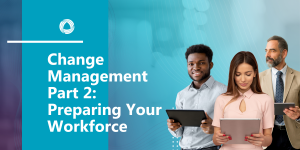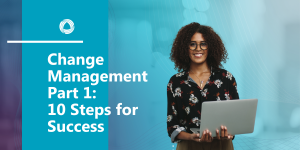
INTENTION: Retention
The job market is all over the news these days and employees are defining the work experience of the future. A drastic shift from traditional work models of yesteryear transpired quickly after the Pandemic, leaving employers wondering how to keep up and retain their employees.
The Problem:
The labor shortage in the US has been dubbed “The Great Reshuffle” with high quit rates and even higher hiring rates. And this problem is not expected to go away anytime soon – employees are on the move! With an estimated turnover cost of 33% of base pay (Work Institute 2023 Report), employers are look for a way to stop the bleed.
While The US Chamber of Commerce recommends increasing innovative benefits and growth opportunities for existing staff, iBTR has complimentary recommendations for long term retention success. An agile strategy for retention acknowledges the prolonged labor shortage and set sights on hiring the right candidates, providing best in class preboarding & onboarding experiences, and increasing employee engagement.
Discovering Solutions:
- Start at the beginning of the Employee cycle. Your candidate assessment strategy should be thoughtful towards truly identifying what attributes are needed to achieve success in the role you’re looking to fill. Hiring the wrong candidates increases turnover which leads to low employee morale, decreases productivity, and can cause a significant financial impact.Consider adding an assessment tool to your hiring practices that will identify the right candidates to align with the needed skills as well as your company culture. There are candidate assessment tools on the market that can plug into your HRIS/ATS solution, making it easy to add to your hiring process. These tools also support the total automation and objectivity of HR work, reducing the chances of ideal talent going unnoticed and roles being filled with poorly fit candidates.
- Nurture the Applicant and New Hire, alike. Onboarding begins on Day 1 – but your connection to that candidate doesn’t start or end there! Your relationship with each candidate starts with the application step. Thoughtful preboarding and onboarding can eliminate communication gaps that leave applicants and new hires in the dark. With 30% of new employees leaving within their first 90 days (Jobvite Report), you’ll want to nurture the relationship you have with your people to maximize your hiring success.Applicants need to know where they are in the hiring process as well as the timeline of making a hiring decision. Without this information, applicants can become frustrated with potential employers which can lead to candidate ghosting. Frequent and intentional communication with applicants and new hires bolsters trust and improves the preboarding experience. This also bonds the candidate to your organization, preventing them from shopping for alternate opportunities. Building excitement for Day 1 is an investment that returns a long-term relationship with the workforce, reducing overall turnover and saving your company money and time.
- Engage and Develop your Workforce Year-Round. You’ve selected the right candidate; they’ve made it to day 91… now what? Engaging your workforce year-round is an effective retention strategy, and there’s lots of ways to do it. Employee engagement can look like technology tools, company events, career mentorship, and more. There are number of HCM tools on the market designed to help HR teams get a pulse of how their workforce is doing and how to improve overall performance. Knowing where employees spend their time will assist in understanding productivity gaps, offering organizations insights for gauging participation and behavioral observations.The main reason people leave their current company is for career development opportunities – or lack thereof (Work Institute). Skill development paths show that you are invested in your current employees which improves productivity and employee retention stats. Through AI and machine learning, companies like Workday and Microsoft’s Viva Learning can leverage people analytics to identify skills gaps and create career learning journeys.
All-in-all, having a retention strategy involves connecting with your workforce during all stages of the employee life cycle – from the Applicant phase to the Retiree stage. Technologies are available from players across the market like Microsoft Viva, Workday, Hire Right, and Clickboarding (just to name a few). iBTR’s Engagement division also empowers your workforce with personalized enrollment support and benefits education for New Hire benefits, Annual Enrollment, QLEs, and more.
iBTR is happy to help you source your retention strategy tools! Email Support@iBTR.com to start your project today.
—————————
Tiffany Gilmore is an HR Technology Project Manager for iBTR’s Consulting division, helping clients with HR technology selection, management, and more. Tiffany has several years’ experience in the industry, analyzing business needs and more. She is committed to making every interaction count by improving the overall workforce experience through partnership with employers and brokers.





